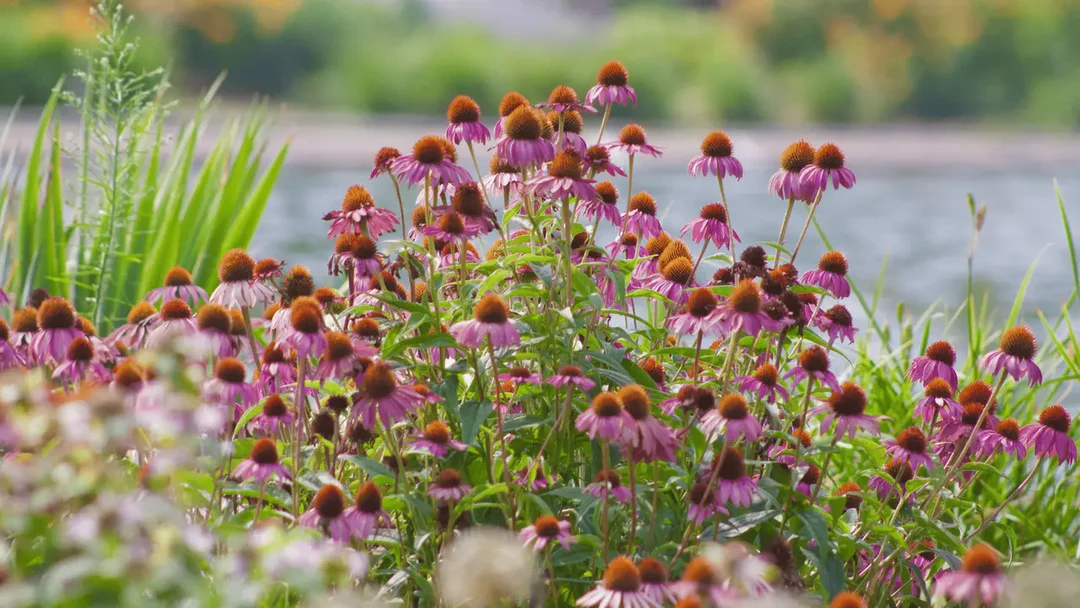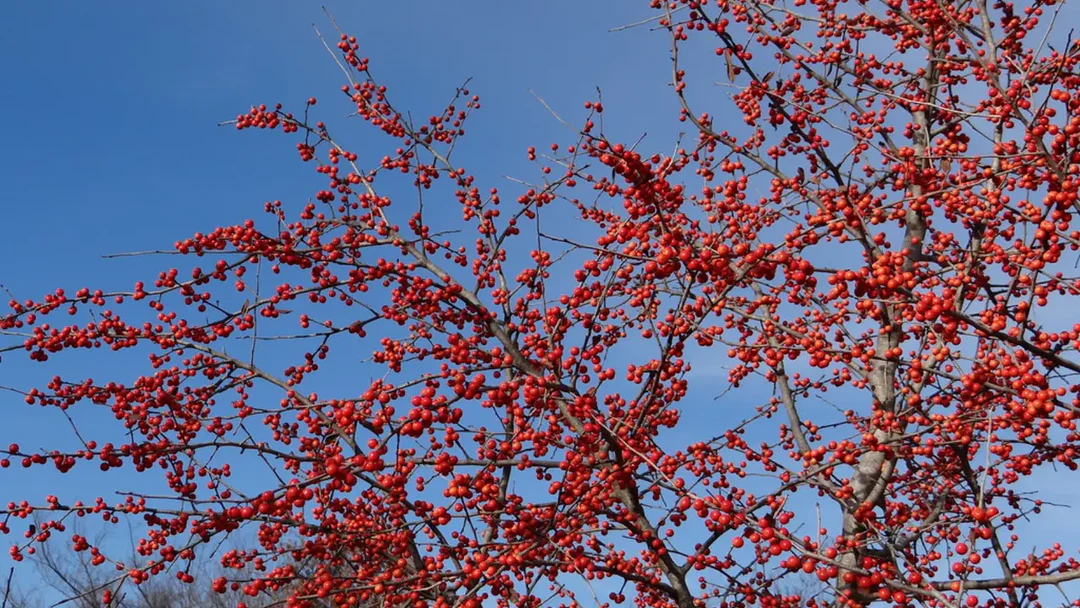What is a Xeriscape anyways?

When I first started Native Gardeners, many friends congratulated me on my exciting new venture and told me they wanted my help with a xeriscape at some point. When I would respond, “We have a ton of great plants for that,” it was usually met with, “Oh, we just want a lot of rock because we can’t get anything to grow.”
There has become a misconception that xeriscapes must be sparse landscapes full of rock and maybe a few desert/southwestern native plants. The Miriam Webster definition is . . .
xeri·scape ˈzir-ə-ˌskāp ˈzer- often capitalized. : a landscaping method developed especially for arid and semiarid climates that utilize water-conserving techniques (such as the use of drought-tolerant plants, mulch, and efficient irrigation)
I get it; rock gardens can look incredibly modern and, if done right, elevate a landscape. However, with our increasingly hot summers in Texas, the ambient temperatures around your home will rise significantly. Rock takes longer to release the heat captured throughout the day and will continue to emit heat well into the night, further adding to our urban heat island.
In several studies, the ground in native landscapes is 10-15 degrees cooler than the surrounding air temperatures. Grass lawns are almost 20 degrees warmer than the air around them during summer, cement 35-40 degrees, and artificial turf 50-60 degrees.
Here at Native Gardeners, our favorite version of a xeriscape is the pocket prairie, which utilizes plants with very low water requirements. Beautiful native grasses paired with flowering perennials provide color throughout the growing season, creating a landscape teeming with life while reducing your water bill.
Our native plants develop taproots that, once fully established, extend anywhere from 2 feet to 10 feet. This allows them to pull water from the ground that other plants can’t reach, making them incredibly resilient even during drought. Keep in mind, that they will need supplemental watering until they are full established. This usually takes around 9-12 months, including the winter, as the roots are still growing despite the plant being dormant above ground.
The great thing about these landscapes is that you can take several different approaches to manage them. If you want to truly allow nature to do all the work, the landscape will go dormant in drought and spring awake after rain. However, most of our clients prefer green throughout the growing season and will water intermittently, allowing the plants to continue flowering and growing.
If you have a preexisting landscape that you love, adding a few species of native plants can have a significant impact, extending well beyond the typical spring bloomers we plant each year. Even if you don’t want to transform your entire landscape into an xeric prairie, creating “islands” throughout the yard can drastically reduce the heat effect and create a stunning design. 
Late Fall and winter interest are beyond beautiful. They provide nesting and denning materials and a much-needed food source for our local wildlife. 

You can visit our Native Prairie and Hot Ones collections for inspiration and to shop for your own garden, or contact us for a consultation to get started on a new project.







Leave a comment